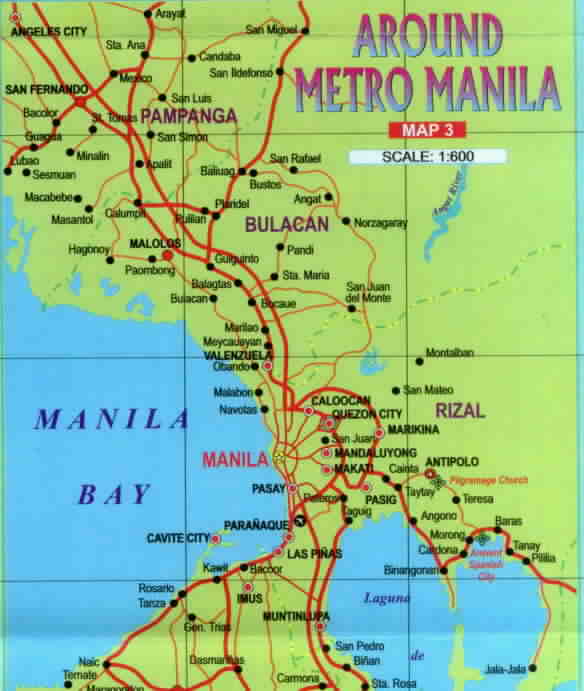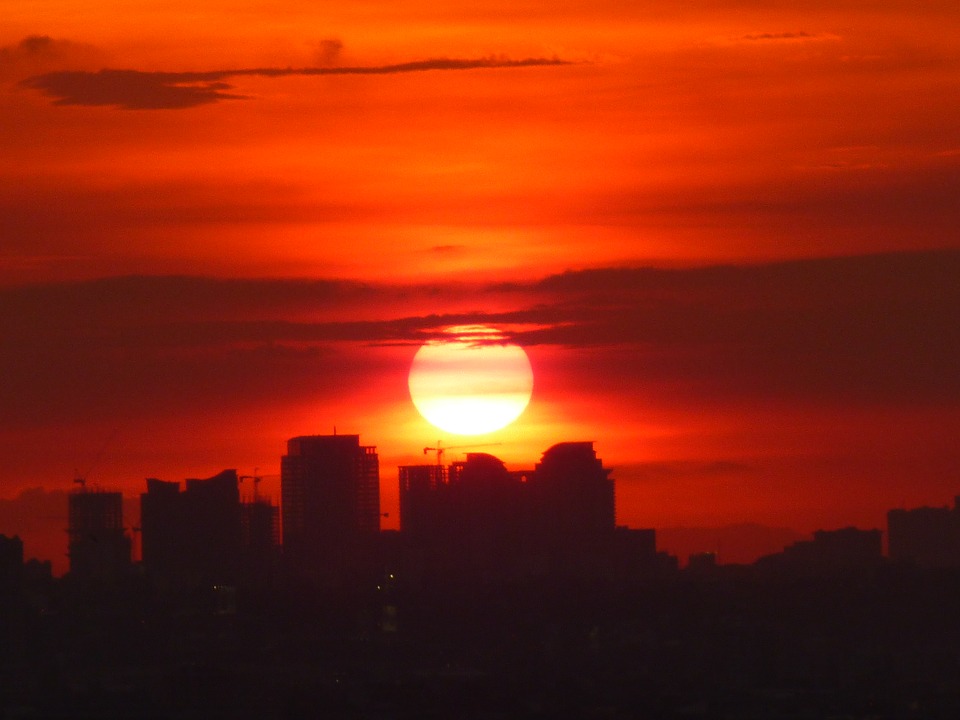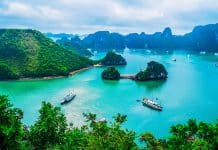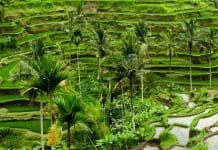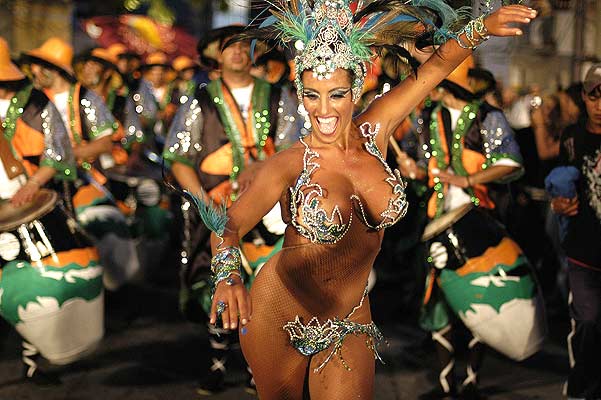Metro Manila is a monster of a metropolis, and it’s not even the largest city in the Philippines. Sitting in southern Luzon, it’s one of the largest of the more than 7,000 islands that make up the Filipino archipelago.
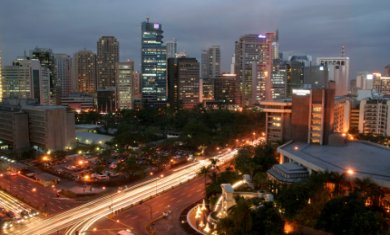
Among the constant ebb and flow of this frenetic city, gridlocked and chaotic in its urban sprawl, sleek new skyscrapers in the CBD and vast shopping malls contrast sharply with vibrant street markets that have existed for centuries. With its heart wrapped around the sweeping Manila Bay and bisected by the mighty Pasig River, this is a forward-thinking city, a cultural polyglot where a babble of Tagalog – a mixture of Chinese, Malay, Japanese, Spanish and local dialects – and English can be heard in the streets, reflecting the country’s long and checkered history.
Spanish-Colonial Manila
Settled by the Chinese and Arabs, conquered by the Spanish in the 16th century, annexed by the US in 1898 and invaded by the Japanese during WWII, Manila’s repeated struggles for independence are highlighted in its museums and memorials. Most of Old Manila’s attractions cluster around Intramuros, laid out along the riverside by the Spanish as a pentagon-shaped defense fort in the late 16th century. A tour of the 16th-century walls, the Romanesque Manila Cathedral and Fort Santiago serves as an introduction to the colonial city. Resistance hero José Rizal was imprisoned by the Spanish military in Fort Santiago, where a small museum features the cell in which he was imprisoned and tortured.
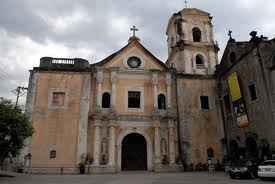
The UNESCO-listed church of San Agustin is the oldest church in the Philippines and was virtually the only building of Intramuros to survive US bombing in the successful 1945 attempt to drive the Japanese out of the city; its lovely Baroque ceiling paintings are also still intact.
Spanning out from Intramuros, Rizal Park offers a breather from the constant row of the city; here the various galleries of the National Museum of the Philippines (closed Monday) showcase collections expanding on Spanish rule in Manila. A stroll away down Roxas Boulevard, which clings to the side of Manila Bay, the galleries of the Metropolitan Museum of Manila (closed Sunday and first Monday of every month) throw further light on Manila’s colonial past.
Much of Manila was destroyed during sustained fighting between Japan and the US in 1945. The American Cemetery and War Memorial in Fort Bonifacio pays homage to those who died protecting the city; there are 17,201 graves here amid beautifully maintained grounds and centered around a vast white marble memorial chapel. Thought-provoking day trips tour Manila Bay past WW2 sites, explore the gently crumbling, roofless US barracks on Corregidor Island and visit the former US naval facility at Subic Bay, once the largest US base in the Pacific region.
The suffering in the Philippines did not end with WWII; after a few decades of democracy the Marcos family took power in 1966. The legacy of their corrupt regime can be seen in the excesses of the Coconut Palace on Roxas Boulevard, lavishly decorated with walls and furniture encrusted with coconut shells and mother of pearl. Now the home of the Vice President of the Philippines, it is accessible only by short tour. In a more light-hearted fashion, the Marikina Shoe Museum displays 749 pairs of shoes from the infamous collection of Imelda Marcos.
Across the Pasig River sprawls Binondo, the world’s oldest Chinatown; a charismatic labyrinth of streets crammed with traditional apothecaries, food stalls and souvenir stores; search hard among the plastic imports for exquisite handmade gold, jade and pearl jewelry, among the best buys in Manila. Don’t venture too far north from Chinatown; the area of Tondo was once one of Manila’s biggest slum areas and still has little to recommend it to visitors – nor is it the safest place to end up after dark. If you want to glimpse everyday city life, instead take the MRT (Metro Rail Transit System) from Taft to Araneta Center-Cubao for raucous, smelly and wonderfully colorful Divisoria, the city’s largest flea market, to haggle over ‘designer’ labels, textiles and kitchen utensils.
Manila in the Future
A thriving modern city is fast emerging in a remarkably Dubai-like fashion from the decimation of WWII; the futuristic towers of Makati form Manila’s burgeoning financial hub, centered on Ayala Street. Led by the mind-bogglingly enormous Mall of Asia in Pasay City – get there by taxi, hotel shuttle or jeepney from Taft MRT station – Metro Manila’s brash super-malls, sleek boutiques, posh restaurants and smart hotels are concentrated around Malate, EDSA and Makati, south-east of the old colonial city.
For an Asian city, Manila’s cuisine is curiously spice-free, showing a blend of Malay, Chinese and Spanish influences; street food stalls offer roast suckling pig, dim sum is eaten all over Chinatown and great tapas bars can be found throughout the city. Glitzy Makati has spawned more than half of Metro Manila’s top restaurants, concentrated around Greenbelt, while international eateries cluster in Ermita, Malate and around cosmopolitan Remedios Circle. When eating out, remember that restaurant waiting staff will often expect a small tip, even if service is included on the bill.
